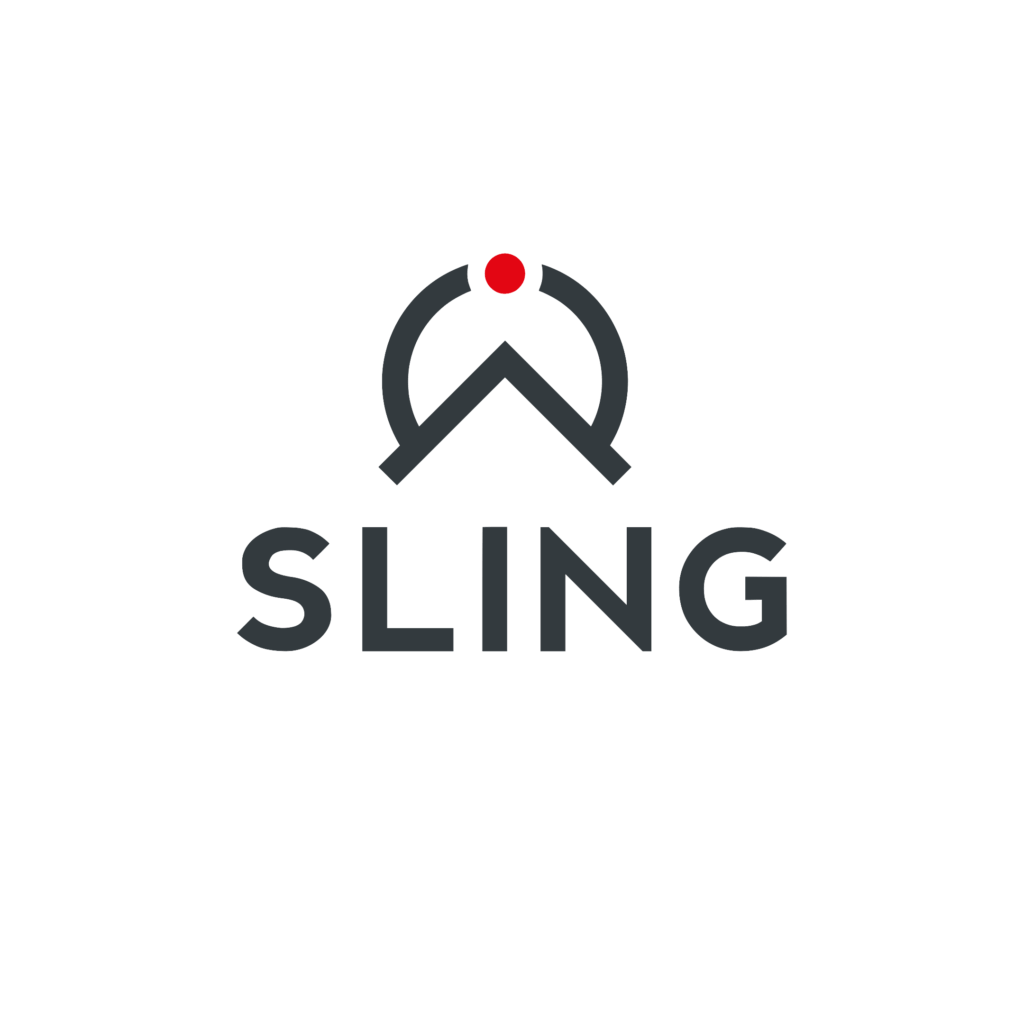Upon recognizing the importance of managing cyber risks from partners and suppliers, and the growing demand for an effective scoring system, we can now turn our attention to Sling’s unique architecture. The assessment process involves a digital asset discovery phase, wherein assets are systematically identified. Subsequently, the risk collection process gathers information on potential severe risks. The collected data is then evaluated through our scoring calculation system, followed by a portfolio analysis which provides a breakdown of the risks by severity. Lastly, Sling provides the vendor/portfolio actionable recommendations to help safeguard the company’s assets.
In this blog, we will elaborate on each step of Sling’s assessment process to understand why Sling’s solution is important in the makeup of an accurate cyber risk calculation.

Assets Discovery: Digital Footprint Detection
Accurate digital assets discovery is critical for risk management as digital networks are constantly changing and third parties are capable of accessing different assets. Existing solutions often encounter challenges with false positives – wherein unrelated assets are detected, and false negatives – leading to the oversight of relevant assets.
Sling overcomes these problems through extensive discovery and validation capabilities. There are automatic validation mechanisms in the discovery process, including detecting and considering shared hosting and cloud providing services. Later on, a significant validation of the discovery is done in the onboarding process, when all assets are automatically reviewed and considered per unique guidelines.
Risks Collection: Extensive Threat Analysis
Following the asset discovery, Sling’s strategy for collecting risks relies on the extensive experience and knowledge of the Threat Intelligence ecosystem gaining invaluable insights into the perspectives of potential attackers. With over a decade of experience monitoring relevant sources, Sling translates textual information extracted from the Darknet and Deep Web directly to the score calculation. This enhances Sling’s ability to assess and mitigate cyber risks effectively.
The risks collection process is divided into three categories: Threat Intelligence Exposure, covering leaked credentials, compromised accounts, initial access, ransomware attacks, and database leaks; Attack Surface Management, which includes open ports and email security issues; and Technical Intelligence, comprising outdated technologies, vulnerabilities, and information disclosure. When combined and monitored properly, these intelligence types allow a comprehensive assessment of a company’s cyber exposure.
Score Calculation: The Root of Cybersecurity Assessment
At the heart of Sling’s cybersecurity assessment lies the Sling Score, a unique concept derived from a proprietary scoring algorithm. This score serves as a predictive mechanism, operating on a scale of 0 to 100, representing the probability of the company being attacked. The lower the score, the more vulnerable the organization is to potential threats. For further insights into the Sling Score, explore our blog post available here: Link
Portfolio Analysis: Strengthening the Chain, Link by Link
A company’s cybersecurity is only as strong as its weakest link, and Sling stresses this implicitly. Offering a comprehensive overview of a company’s vendors, including trends and distribution information, Sling enables organizations to gain insights into the strengths and weaknesses of their supply chain. The logic here is clear—evaluating a vendor portfolio in depth is essential to mitigate risk. Businesses can make informed decisions about vendor relationships, fortifying their cybersecurity defenses link by link.
Reports Output: Transforming Data into Actionable Intelligence
To streamline the experience, there is an option to export data into reports. The intelligence and data gathered is then exported into downloadable comprehensive reports. Sling provides flexibility with two types of reports—the Portfolio Report offering a comprehensive perspective on the overall security posture of vendors, and the Vendor Overview Report providing an in-depth view of a specific vendor in the portfolio.
In order to calculate your cyber risk accurately, it is important to prioritize your sensitive vendors and resolve their issues first, maintain real-time knowledge of your supply chain vendors, and leverage technology to access darknet indications. The systematic progression of Sling’s platform is a testament to the company’s commitment to safeguarding businesses.




